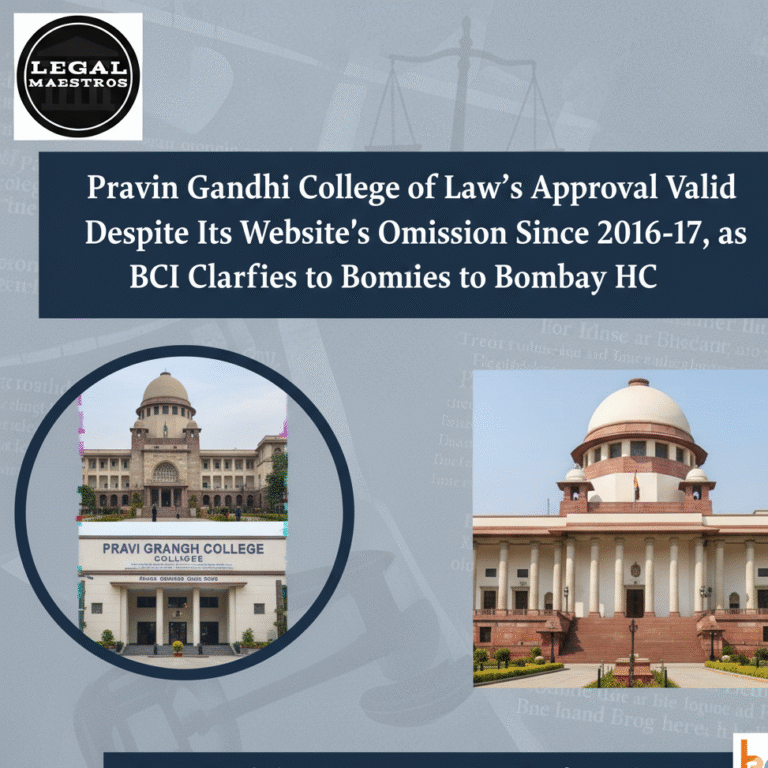
Byju’s Insolvency Saga: Key Provisions of IBC, 2016 Governing the Legal Battle
Introduction
Most people would treat the story of Byju, the top player in the edtech sector in India, going through a process of insolvency as business lingo. However, the regulations guiding this procedure are contained in the insolvency and Bankruptcy Code of 2016.
These rules should be thought of as a roadmap that will be followed by everyone in case a company is unable to pay its debts. This paper describes the key steps in the mentioned roadmap in everyday terms and with the correct examples to the extent that everyone can respond.
Section 7 of the Insolvency and Bankruptcy Code 2016: Starting the Journey
Section 7 enables a lending financial institution, like a bank, to request that the insolvency procedure for a company be commenced. Just consider the case wherein you loan your bicycle to your friend with an assurance that they will bring it back.
If your friend refuses to return the bicycle, you present your promise to the village council and ask them to intervene. Similarly, an application is filed under Section 7 by a bank to the National Company Law Tribunal. This application should demonstrate that the company was in debt and did not settle it after a period of thirty days. With such a step being accepted, the insolvency process officially begins.
Section 14 of the Insolvency and Bankruptcy Code 2016: Moratorium to Pause Conflicts
Section 14 places a moratorium after the tribunal admits the application. It is just a word that refers to a stay of all actions against the company.
Imagine it as a pause in a video game, preventing further challenges during times of need. With this breather, the creditors are not allowed to lodge lawsuits or seize the assets of the company. This provides everyone with time to achieve a fair resolution without the fear of unexpected asset seizures.
Section 18 of the Insolvency and Bankruptcy Code 2016: Forming the Committee of Creditors
As soon as the moratorium is implemented, Section 18 unites the financial lenders in the form of a joint body named the Committee of Creditors. Imagine a small council in a village where all the grain lenders gather to decide the best way to recover their shares.
An insolvency professional is put in place by the committee to oversee the running and assets of the company. This professional performs the role of a supervisor, ensuring that the business does not come crashing down and seeking other avenues of settling the debts.
Section 29A of the Insolvency and Bankruptcy Code 2016: Who Cannot Bid
Not all bidders are eligible to acquire a company in insolvency. These people have been listed under section 29A. Consider a regulation where, past cases of someone cheating in a game, that individual would never be able to get into a new version of a team game.
In the same way, promoters who have made the company fail are considered not to submit bids or those that are already defaulters. This protection will ensure fairness in the process and prevent those involved in the trouble from abusing the rescue system.
Section 30 of the Insolvency and Bankruptcy Code 2016: Approving the Rescue Plan
The most important step under Section 30 goes next. All the bids are reviewed by the Committee of Creditors, who has a plan to restore health to the company. They vote regarding the resolution plan at a meeting that ought to cover at least ninety percent of the financial creditors by value. You can imagine villagers deciding to rebuild the granary. Once the votes to pass the plan are achieved, then the insolvency professional forwards the plan to the tribunal to be approved.
Section 31 of the Insolvency and Bankruptcy Code 2016: Tribunal Sanction
Section 31 formalizes the resolution plan after the nod given by the tribunal. Every person, including the creditors and the employees, is bound by the approved plan. It is as though the village chief gives approval to ensure everyone in the village adheres to the rebuilding plan.
Section 54 of Insolvency and Bankruptcy Code 2016: Appeals
There are cases when parties do not accept the decision of the tribunal. Appeals to the National Company law Appellate Tribunal are enabled in Section 54. The step is similar to appealing to a higher council in case a person feels that something was overlooked during the judgment of the village chief.
Conclusion
The Insolvency and Bankruptcy Code 2016 legislation has seen its share of upswings and downswings in the case of Byju, which can be traced along with these parts of the Act. Each of the rules has its specific role to play, starting with the moratorium provisions of Section 7, the introduction of a protective moratorium in Section 14, and finally the life raft offered by a resolution plan under Sections 30 and 31.
As a traveler would require clear signposts on an adventure journey, the companies and creditors would need these sections to give them a reference point to a reasonable solution to a debt-overwhelmed business. Comprehending this process will help laypeople comprehend that insolvency is not about punishing but rather, finding a way out.
For any queries or to publish an article or post on our platform, please email us at contact@legalmaestros.com.





